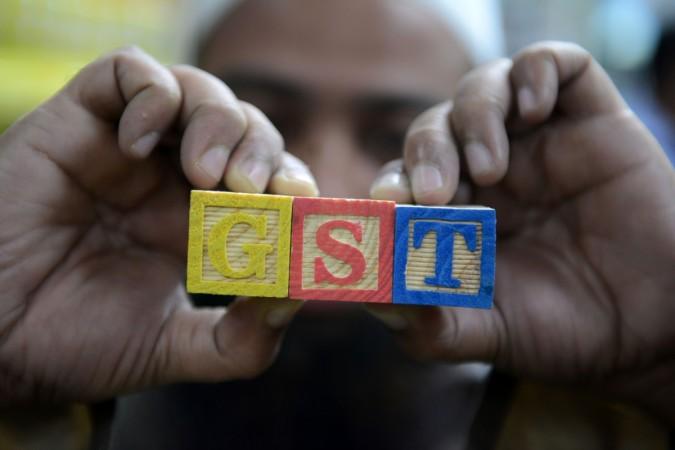
If you are still trying to make sense of goods and services tax (GST), here is a quick update on the new indirect tax regime that replaces a host of state and central government indirect taxes.
As already reported, the GST will be implemented from July 1, subsuming indirect levies such as entertainment tax, central sales tax, value added tax and others. The GST won't be applicable in Jammu and Kashmir since the state has not passed the enabling laws.
Here are some interesting facts about GST:
Nature of tax
It is a destination-based tax, which means the tax will be imposed only at the point of consumption/purchase. In other words, it is not origin-based tax that is imposed where the goods or services are produced.
Tax is collected at each stage of purchase or consumption with an inherent benefit. "In this, the tax is collected at every stage and the credit of tax paid at the previous stage is available as a set off at the next stage of the transaction. This shifts the tax incidence near to the consumer and benefits the industry through better cash flows and better working capital management," according to the government.
Decision-making authority
The GST Council is the apex, decision-making body that finalises rates on goods and services, apart from other crucial matters. The Council is headed by the Union finance minister and state finance ministers.
Tax rates
Unlike many other countries that have a single tax rate, there are many tax rates, ranging from 3 percent to 28 percent, apart from cess on certain products such as vehicles. Some goods and services are exempted from tax as of now, while certain categories such as petrol, diesel are currently out of the purview of GST.
Taxes being replaced by GST
There are many indirect taxes that are being replaced with the introduction of GST from July 1. Some of these are central excise, service tax, VAT, central sales tax, octroi, entry tax, luxury tax, entertainment tax, etc.
Tax structure
Goods and services will attract Central GST, State GST, depending on the classification. Inter-state supply of goods and services will attract Integrated GST, or IGST, which can be set-off against CGST and SGST.
Exemption to traders, manufacturers
Business entities that are small in size and operations are exempt from GST and registration, depending on the annual turnover limit fixed by the GST Council.
Presumptive tax, or composition rate of GST
Those with a turnover higher than the exemption limit but not very high have the option of paying a fixed rate of their annual turnover as tax, making compliance easier.
IT backbone for GST
The GST Network, or GSTN, is the key body for driving GST implementation. The whole process is completely online.
(With inputs from IndiaSpend)

















